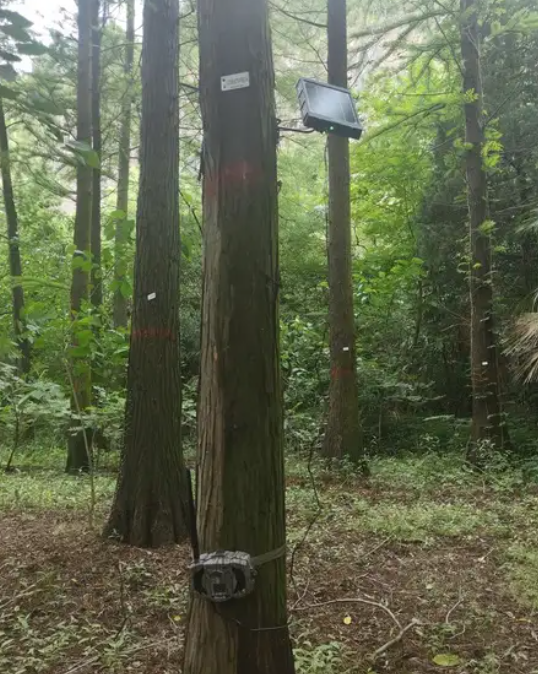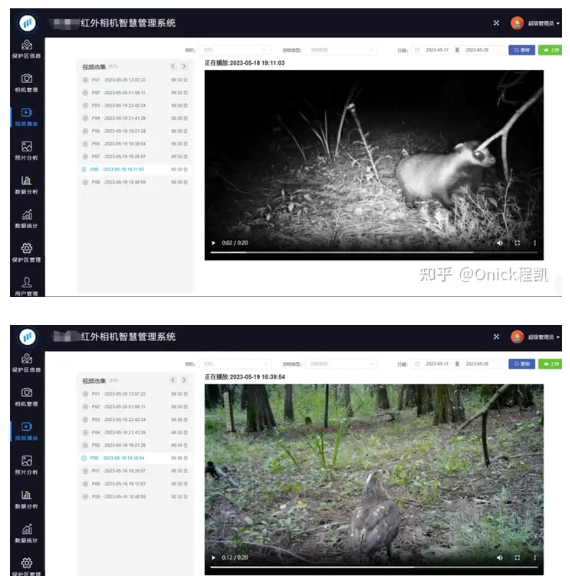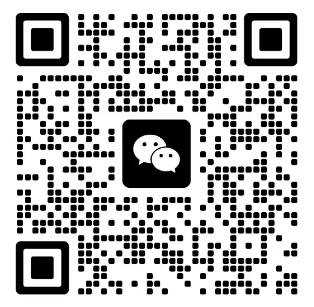At a wildlife observation point, the scientific research unit and the Onika team jointly completed the infrared camera monitoring system management station in the area.
When maintaining the monitoring equipment, it is necessary to check whether there are obstacles such as debris, small shrubs, and Artemisia plants in front of the camera, avoid facing swaying spears, leaves, bamboo forests, etc., and prevent the wind from blowing branches and leaves, affecting the normal operation of the field monitoring equipment. The monitoring equipment should be placed in a hidden location to avoid direct sunlight and shadows cast by leaves on the equipment.

Demonstration of setting up solar panels and Onika AM-36 detection cameras
After repairing the monitoring equipment, it is necessary to take a reference shot, remove the object used as a reference in front of the lens or walk around in front of the camera to check whether the angle meets the requirements. The location of the equipment can be determined according to the height and angle of the shooting target, and the parameter settings of the equipment need to be set according to the project requirements, from the equipment housing to the camera parameters. After confirming that the settings are correct, place it to reduce invalid work and the workload of internal data analysis. In order to shoot the corresponding animals, the equipment can be placed as much as possible in animal hunting, resting places and activity channels based on factors such as food marks, footprints, rubbing marks, lying marks, feces and specific ecological environments left by the animals.

Sparrowhawk and badger captured by the Ounica AI cloud platform
When field monitoring equipment is deployed on animal activity channels, the lens should be placed along the channel direction as much as possible to extend the time that wild animals pass in front of the camera lens. After the equipment is debugged and installed, work reference comparison photos should be taken as required. After this operation is completed, the object used for reference should be moved in front of the camera and walked in front of the lens to check whether the angle of the photo taken meets the needs. Field monitoring equipment can complete functions such as taking pictures, recording, taking pictures and recording, recording longitude and latitude, and transmitting photos taken according to different needs. In addition to its achievements in wildlife monitoring, it has also played a deterrent role in illegal activities such as poaching in protected areas.


